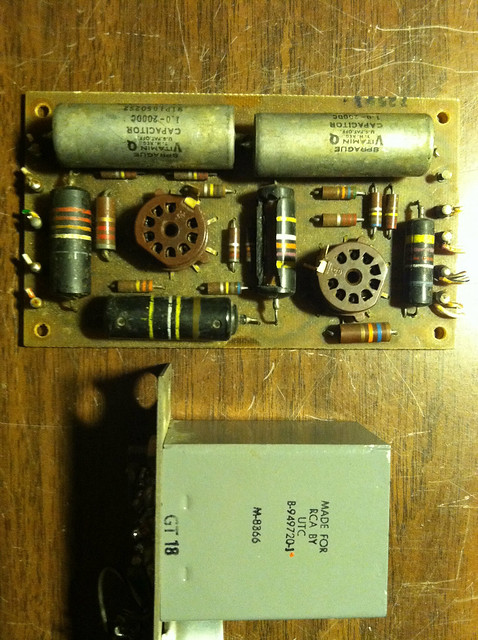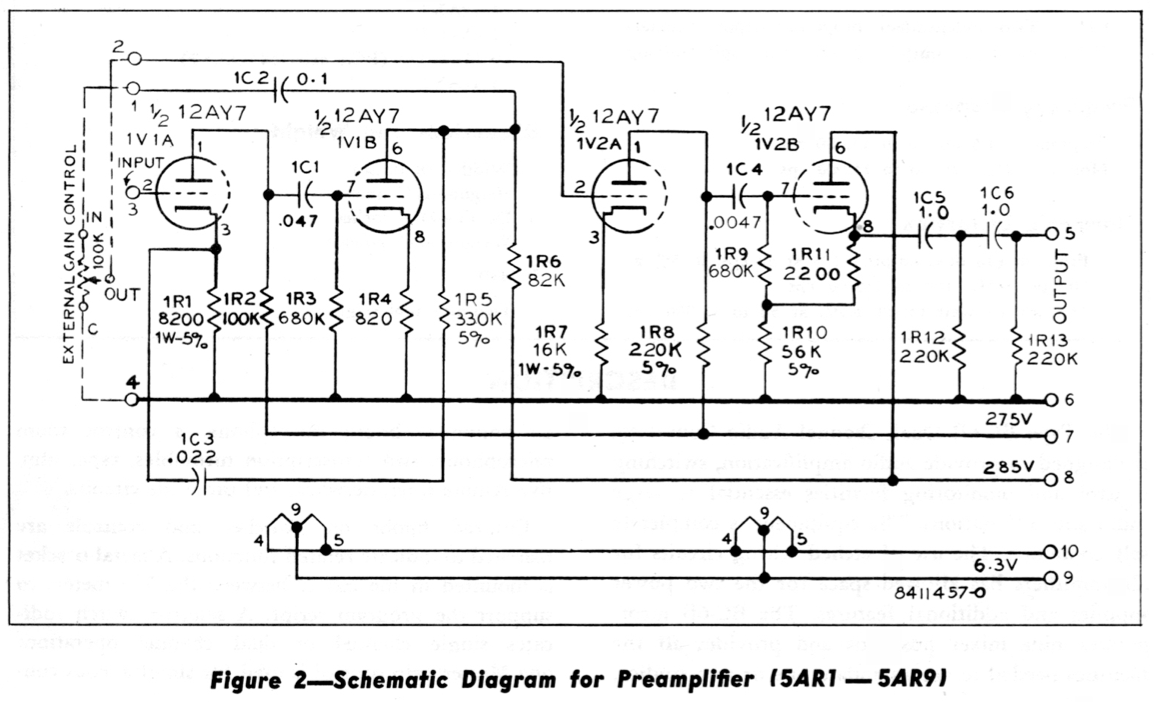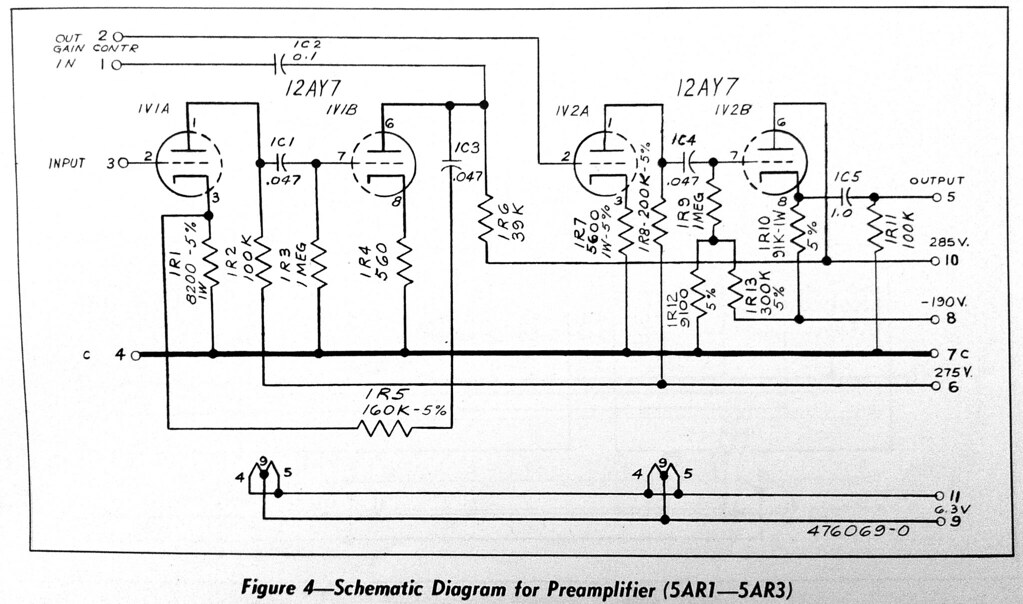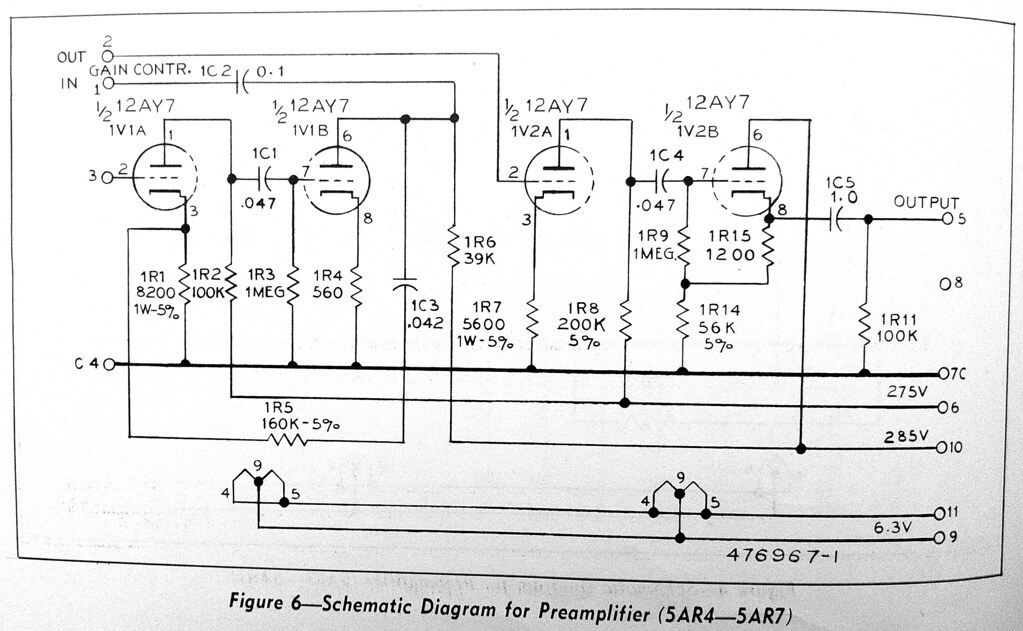I have some of both types, I'll take a closer look. I looked back at some pictures, and I had a BC-3C with the preamp type I showed previously. Pictures of a BC-5A show the other type, so I still think it's a revision that went across all of 3/5/6 rather than particular to one console type. The preamp schematic I have from a BC-3 manual is like the one in the BC-6B manual that Ian has. I don't find a schematic for the other version anywhere.
My3gger said:
I really don't know why this classics don't cost much more. Something like V72 might be so expensive because they made 25.000 of them and quite a few people could try them. Do you maybe know approximate numbers for WE, Gates or RCA? Were numbers produced lower because they mostly put cards into consoles?
Every time you post things like this i wonder why people still insist on building R47 and V72 which don't have much control over sound.
Right or wrong, I'll editorialize a bit. No offense intended.
The grass is always greener, as they say, and the Americans started the vintage studio electronics craze, so 'we' wanted the European stuff. 15 years ago all the American gear was dismissed for being broadcast gear, as if that meant something. It never did, but it was an easy way to trash talk that which was plentiful and readily available, when one was trying to sell people imported 'better' European gear. R47 and V72; The Beatles The Beatles The Beatles. That was what concerned Americans at the very beginning of this craze, and it still seems to dictate. Elvis was old and square, why would we want his RCA input signal path? We wanted the exciting imported tones of The Beatles. Or something like that.
Given the size of the US market versus the European market, it's safe to say there were far more RCA/WE pieces produced, and there's tons of Altec, Collins and Gates out there too. The V series is easier to familiarize oneself with, since it was a standard driven by state broadcast requirements, here companies built whatever they wanted, so long as it met a technical spec, and competed to sell it to anyone who could find a reason to own it; broadcast, film, sound reinforcement, etc. All the WE went to southeast Asia decades ago. In my opinion a lot of the WE dealers in the 80's and 90's worked overtime to destroy as much RCA as they could, so it wouldn't detract from the legacy they were selling with WE. They couldn't sell it to Asians at the time, and it could be a distraction if you actually listened to it in comparison. RCA 76, BC-2, and BC-3/5/6 preamps only existed within consoles, and those mostly went to the dump or the scrap metal place due to size and weight. A lot of old-timers have shelves full of transformers they robbed out of these consoles years ago, they seldom ever kept the circuits. There are fewer BA series amps, since they generally went into larger installations that needed more than the stock console could handle. One difference is likely that European broadcasters auctioned old equipment. Here larger broadcast corporations had a tax problem if they generated a profit on depleted equipment, so it generally went to the landfill.
I honestly don't know what the average person considers 'the known american classics', I have attempted to try as many as I can, and it's a very broad palette. It all depends on what sounds you are attracted to. A lot of the 'classics' are later day advertising by dealers holding stock in those pieces, and the day before they started selling them they weren't considered any better. I've seen a lot of this.






















![Soldering Iron Kit, 120W LED Digital Advanced Solder Iron Soldering Gun kit, 110V Welding Tools, Smart Temperature Control [356℉-932℉], Extra 5pcs Tips, Auto Sleep, Temp Calibration, Orange](https://m.media-amazon.com/images/I/51sFKu9SdeL._SL500_.jpg)
















